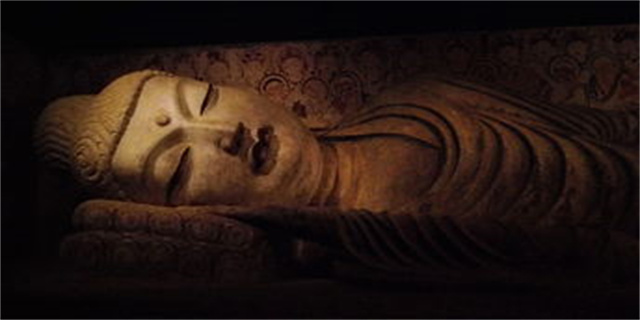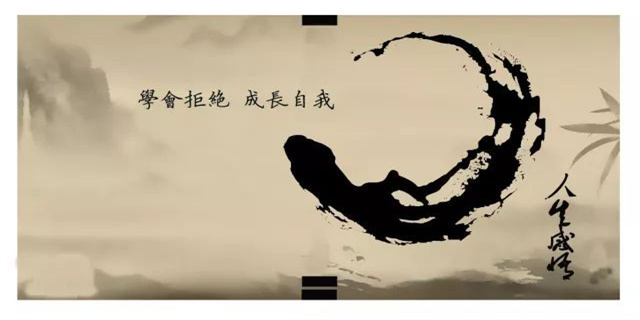clubfoot(Understanding Clubfoot Causes, Symptoms, and Treatment)
Understanding Clubfoot: Causes, Symptoms, and Treatment
Introduction
Clubfoot, also known as talipes equinovarus, is a congenital condition that affects the lower limbs, particularly the feet. It is characterized by an abnormal positioning and shape of the foot, causing it to twist inward and downward. This condition can significantly impact a person's ability to walk and perform daily activities. In this article, we will explore the causes, symptoms, and treatment options for clubfoot.

Causes of Clubfoot
The exact cause of clubfoot is still unknown, but research suggests a combination of genetic and environmental factors. Studies have shown that if one or both parents have clubfoot, the likelihood of their child developing the condition increases. Additionally, certain risk factors, such as a family history of clubfoot, maternal smoking during pregnancy, and the presence of other birth defects, can also increase the chances of a child being born with clubfoot.

Symptoms of Clubfoot
The most noticeable symptom of clubfoot is the abnormal positioning and shape of the foot. The affected foot may be smaller in size and have a higher arch compared to a normal foot. The foot also points downward and inward, making it difficult to walk or stand on the sole of the foot. In severe cases, the foot may be turned so much that it rests on its side. It is important to note that clubfoot does not cause any pain or discomfort to the infant.
Treatment for Clubfoot
The treatment for clubfoot typically begins shortly after birth. The goal of treatment is to correct the positioning and shape of the foot, allowing the child to have normal function and mobility. The Ponseti method is the most commonly used treatment approach for clubfoot. It involves the gentle manipulation and stretching of the foot followed by the application of a series of casts to gradually move the foot into the correct position. After several weeks of casting, a minor surgical procedure called Achilles tenotomy may be performed to lengthen the tight Achilles tendon. Following the casting and tenotomy, the child will be required to wear braces or special shoes to maintain the corrected position of the foot. Physical therapy exercises may also be recommended to further improve muscle strength and flexibility.
In cases where the Ponseti method is not successful or the clubfoot is particularly severe, surgery may be considered. Surgical interventions aim to release the tight soft tissues and correct any skeletal abnormalities in the foot. The specific surgical procedure will depend on the individual case and may involve tendon transfers, joint fusions, or bone realignment.
Conclusion
Clubfoot is a relatively common congenital condition that can affect a person's quality of life. Fortunately, with early intervention and proper treatment, the majority of children with clubfoot can achieve a near-normal function and appearance of the foot. It is important for parents and caregivers to be aware of the causes, symptoms, and treatment options for clubfoot, as early detection and intervention are key for favorable outcomes.
Please note that this article is for informational purposes only and should not replace professional medical advice. If you suspect your child has clubfoot, please consult with a healthcare professional for an accurate diagnosis and appropriate treatment.
版权声明:本文内容由互联网用户自发贡献,该文观点仅代表作者本人。本站仅提供信息存储空间服务,不拥有所有权,不承担相关法律责任。如发现本站有涉嫌抄袭侵权/违法违规的内容, 请发送邮件至3237157959@qq.com 举报,一经查实,本站将立刻删除。
